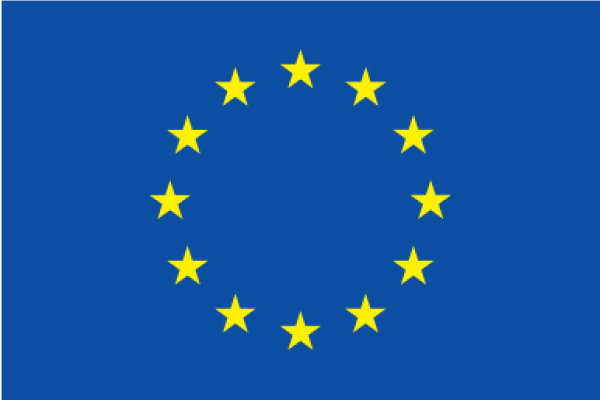The main objective of the ERA-NET programmes, which were introduced in FP6 and successfully continued in FP7 and even Horizon 2020, is to improve the coordination of publicly funded research programmes at national and regional level by networking national and regional research activities and opening up national and regional research programmes to each other.
As each ERA-NET programme develops, the ultimate aim is to achieve joint coordination of R&D programmes in the field, launching joint international calls for proposals and joint management. The funding of joint international R&D projects supported under the ERA-NET scheme is the responsibility of the participating Member States. The ERA-NET scheme involves R&D programme managers (ministries, regional bodies managing a research programme) and programme managers (research councils, agencies implementing research programmes under the supervision of the programme owner). Activities to promote cooperation and coordination between research programmes within ERA-NETs: regular exchange of information and best practices, identification and preparation of joint activities, implementation of joint activities and support for transnational research.

